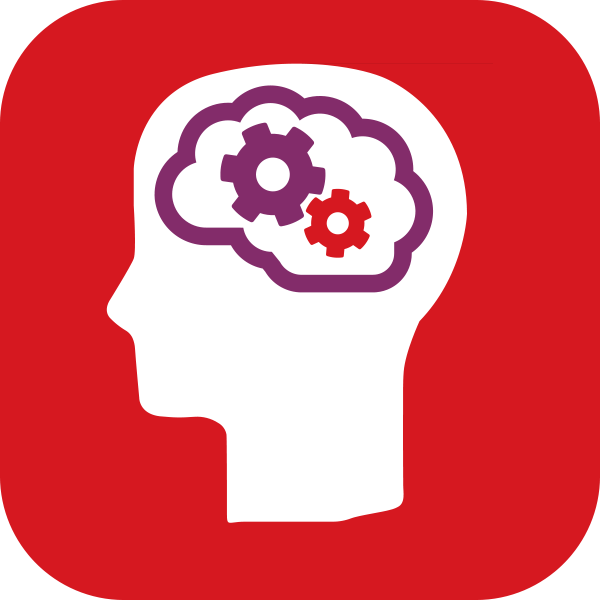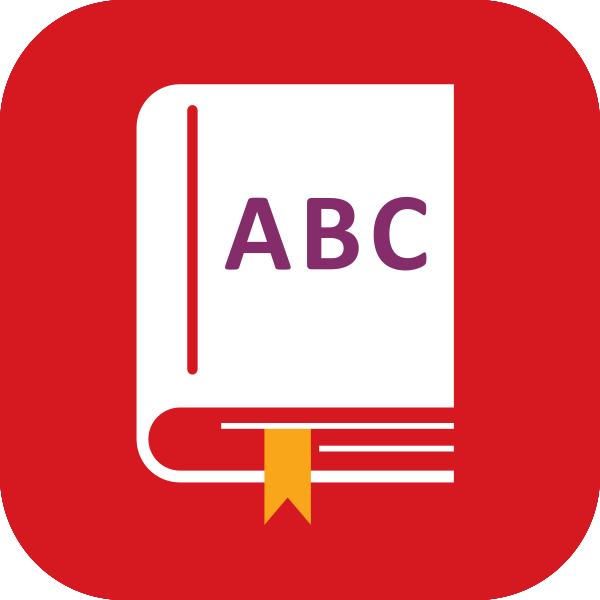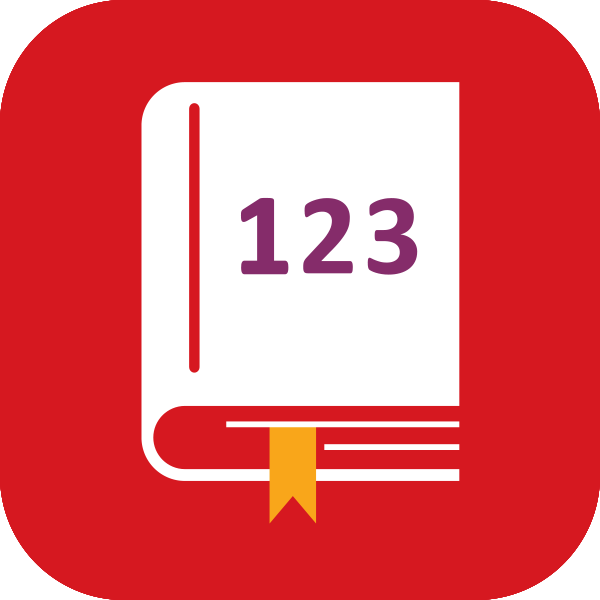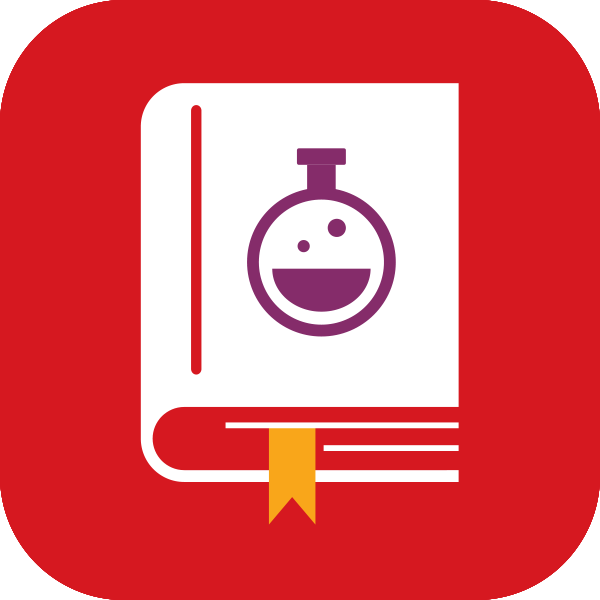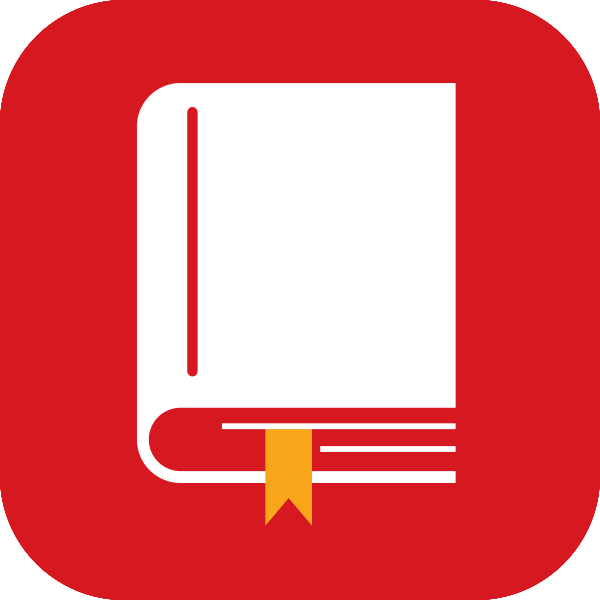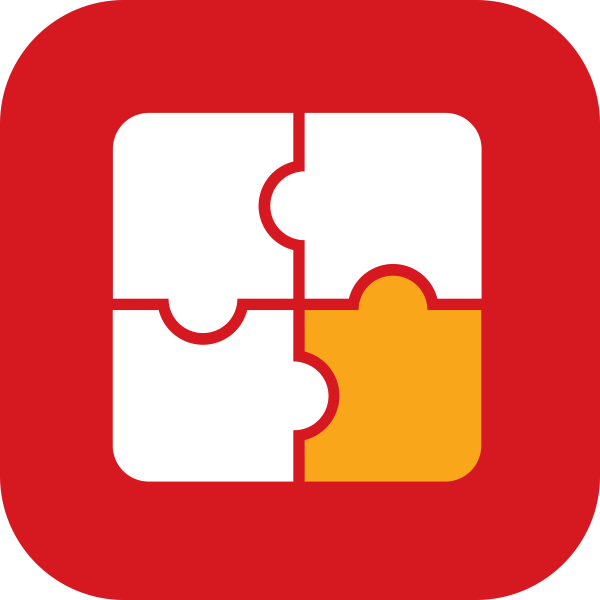“ ”
Rachel Hardwick, Head of Primary, goes on: “CAT4 has now become part of our regular yearly assessment, allowing us to measure our students’ cognitive abilities. We use it alongside GL Education’s Progress Tests Series to track attainment and the Pupil Attitudes to Self and School (PASS) survey to explore any attitudinal or emotional barriers to learning.
"We use CAT4 in term 1, every other year – so Years 2, 4, 6, 8 and 9/10. We use the Progress Tests in Maths, English and Science at the end of every year from Year 2 to Year 9 and PASS each year in the first term, around November.”
Triangulating data to gain an holistic view
By triangulating the assessment data that the school now generates, the team have been able to better target their resources and identify individual student learning needs.
Nigel explains more: “We have introduced open forum Student Progress Meetings, where we look at the data. We create a grid, split into 9 areas – with academic data on one axis and pastoral data (PASS, attendance, safeguarding etc) on the other. This allows us to see groupings of students who fall into various categories, so that we can assess what actions we need to take and who is best placed to do them.
"For example, if we have a student who has multiple academic and multiple pastoral issues, I then work with the Assistant Head of Pastoral to review what we need to do. Does the student need an IEP? Do they need interventions on attendance? Or if the student’s data shows that they have no academic or pastoral issues, I’d look at this with their tutor. For some instances, the student may just need a weekly mentoring session, or the Head of Key Stage might be looking at something that’s more specific for their skillset. The grid allows us to identify the need and match it to the person that can help, rather than just having blanket interventions.”
Rachel goes on: “We have a big focus on assessment for learning in the school, but before we do that we need to have a solid understanding of where the children are at. This helps us to target support, to identify our more able students and to see who may need SEN interventions.
"At primary, we have a slightly different grid, where we split the children into working below the expected standard, working at the expected standard and working above. We can then use the information to refer back to PASS and CAT4. For example, if a child is working below in everything, then can we look at the PASS results to explore the reasons for that – if they’re working above in everything, is that what the CAT4 data reflects as well? Do we need to challenge them more?”
The data also allows the team at both a group and school level to identify and evidence areas for school improvement. Rachel explains: “We are part of the GEMS group – so they want data to inform how they can support the school. For us and for them, the assessments we use provide an external measure that is really trusted. The data also provides evidence to support our school improvement planning. We are an EEP (Egypt Education Platform) school, so have an EEP improvement plan as well as our own internal school improvement plan. The data provides reliable data to evidence and inform both.”

“ ”
Sharing the data and getting staff on board
The school have been using the assessments for around 2 years, gradually introducing training and guidance to ensure that all the staff are making the most of the insights they can gain.
Rachel explains: “The process is developing over time. At the beginning of this year, the information was being led by the senior team – I as Head of Primary, would look at the primary data, and Nigel would look at the secondary data. We looked for patterns and trends and then pass it down to the Heads of Year, who share beyond that.
"We really felt a difference though when GL Education came over and did some training with our Heads of Year and they accessed the GL Data Dashboard. The staff are now starting to develop their confidence, and will be analysing the end of year data that’s now coming through. For the next academic year, we’ll be involving our middle leaders much more and want to empower the classroom teachers to access the data more themselves as well.
With any new assessment system, I think you need to start it, model it and drip feed it in. Some teachers are more comfortable with data than others, so it’s a process. You need the courage to say, this is what we want to do, lead it from the SLT and then empower people with the knowledge and the training to be able to do it.”
The impact
Although the new programme has not been running for long, the impact is already being seen. Rachel explains: “We’re now much more able to drill down on reasons for any discrepancies or trends that we’re seeing. We’re able to identify more quickly if there’s a particular behaviour issue or if there’s a reluctance to learning. Our teachers are more able to see, for example, if there’s a child who’s working below in everything – what’s going on, has their attendance been low?, does their PASS survey give us any insights? We’re more able to act on what the issue is, rather than guessing.”
Nigel goes on: “When we came back after Covid, like many schools we had a lot of behavioural issues coming through. So last year we introduced a positive discipline model of connecting before correcting – and we’ve found that the data has really helped with that connection.
"We were aware that some students could mask what was going on with their learning by misbehaving in the classroom, not doing what was asked – and we could see from the CAT4 and PASS data that these students were very unsettled and perhaps had masked literacy issues. Verbally they sounded fluent, but the data was showing that they were not comprehending to a level that allowed them to access the work they were being set. So we’ve been able to put in place interventions to help with this and to enable teachers to differentiate and see what’s needed for each student.
"We’ve seen that when the subject departments have been really good with the data that we are having very little behaviour issues in those classes – as they have been able to differentiate better and are pitching the challenge right for each student.”
The data is being used successfully right across the school. Rachel explains “One of the things that we’ve done really well this year is in merging what we’re doing at primary with what we’re doing at secondary – so that we’re consistent and joined up in our thinking. This has had lots of benefits. Just this week the primary team have been putting together the transition information which includes the data from the Progress Tests, PASS and CAT4 – this is passed on to the Year 7 teachers and we’ll have opportunities to discuss the data with them. The data that is coming out of the end of year Progress Tests will be used for the initial target setting when the new Year 7s return in September.”
The data also helps to support class organisation, seating and timetabling. Nigel explains: “The PASS data is really helpful for class planning and grouping – allowing us to ensure that we have a spread of ‘issues’ across the classes, and don’t put pressure on individual teacher workloads.
"The PASS data has also evidenced the importance of timetabling PSHE time. We can look at this by year group, with the data showing us where the needs are for that particular cohort and allowing us to tailor the PSHE for that year’s requirements. And across the board, the data has given us rich information to talk to department leaders about curriculum development.”

“ ”
Partnerships with parents and target setting
The data is also helping the school in setting individual learning targets with the students, and helps parents to understand how they can support their children at home.
Nigel explains more: “We want to put the student at the centre of this, rather than interventions happening around them. We have begun to set targets – these are not target grades, but are targets for learning behaviours, linked to our reporting system.”
Rachel goes on “In primary, every student has a learning portfolio that starts at the beginning of the year with the targets that are informed by data. It can then be referred to regularly and the students have ownership of it. We’ll be building on this over the next academic year, and are expecting it to be a continuous process.”
At the end of this academic year, the school will share the Progress Tests Parent Reports with parents. These offer an overview of the student’s scores alongside suggestions for how to offer support at home. Nigel explains: “We know that this may throw up some questions from parents, but we’ve made great efforts to keep them informed on what’s happening. We’ve sent out a series of FAQs on how we’re carrying out the tests and have flagged that they will be receiving the parent reports once the test results are in. We’ve emphasised that the key part of these will be what they can do to support their child – not what the score is. The reports offer really specific things that the student can do to carry on making progress.”
Rachel goes on: “We’re aware that some parents are coming at the Progress Tests with the mindset that it’s a test to be passed, so we’re really supporting them in understanding that it’s about measuring progress so that we as teachers know what we need to do to help the students through the next steps, guiding teaching and learning for the next year.
"We’ve found that this process has also helped us to educate parents on assessment – what is the difference between summative and formative – but also more widely about how and why we do what we do. When we’ve had parent workshops it’s opened up discussions on what is curriculum, helping them to understand the teaching process that comes before those outcomes.”
In conclusion
So from resourcing, curriculum development and timetabling to differentiation and scaffolding learning, the data leaves no decision to guesswork.
Nigel concludes “For me, it’s the ‘how do you know what you know’. Before we had the data, a lot of it was guesswork, and now we have the data from the GL assessments it gives us a far better picture on a whole school, year group, department and individual level about what is actually going on. It gives us rich information.”
Rachel adds: “The priority for us is that each teacher knows their students. The best way to do this is through standardised assessments that provide really useful information in all areas.”


